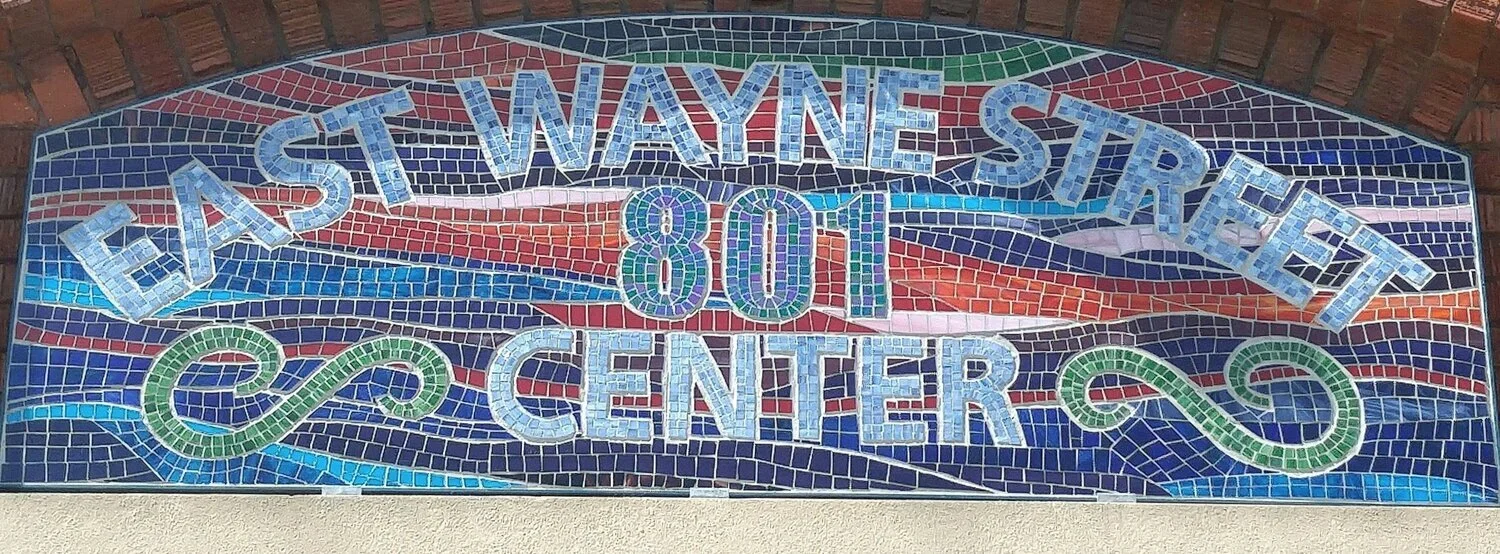Evaluating Self-Sufficiency: EWSC
Evaluation is a key part of our grantmaking. It’s a tool we use to assess grant applications and reports. It helps us build relationships with our grantees as we learn about the impact their programs have on children and families.
The framework for our evaluation system is the Independence Continuum. It’s the visual that helps us—and our grantees—focus on the progress being made as clients move from dependence to independence, which involves programs, support systems, and relationships. It all starts with learning and using the materials in our evaluation process, especially the Guide to Program Outcomes. We’re always here to help, answer questions, and support our grantees.
One of our grantees that has benefited from this evaluation process is East Wayne Street Center. East Wayne Street is a nonprofit organization focused on strengthening families and individuals, empowering them to become self-sufficient. The Center focuses on improving the overall living conditions of impoverished households by stabilizing the home environment, addressing the environmental impediments, and paving the pathway to self-sufficiency with education.
Reppard Horne, Executive Director of East Wayne Street Center, offered the following perspectives and advice based upon his experience working in this evaluation system.
How do you select outcomes, and how do you collect meaningful data that supports those outcomes?
In an effort to reflect the true nature of our mission (self-sufficiency through education), the East Wayne Street Center attempts to show community impact in multiple ways beginning with the number of people enrolled in our HSE (High School Equivalent) classes. We also measure the number of students who pass all five parts of the High School Equivalency Exam.
What does this evaluation process help you learn about your organization?
It has taught us that, to convey and understand our impact, we have to include more metrics in our program evaluations. We have to include information about the income of our students. We have to mention the varying levels of education among students when they enroll. We have to ascertain the academic learning styles of our students as well as the environmental and emotional barriers they must face. This paints a more comprehensive picture of our impact.
As an organization, we also have to understand the inevitability of change as this last year has reminded us. We must be able to nimbly respond to the evolving needs of our students and the landscape of our educational efforts.
What tips do you have for others?
Know what you do and talk to your recipients often. They will show you variables you’ve never considered. Remember that questions keep you curious and change is inevitable, so we must direct change rather than simply adapt to it. Everything you do and know will evolve, so try to move to where the puck is going. By the time you get there it will usually be waiting for you.
Thank you, Reppard and East Wayne Street Center, for helping move individuals in our community toward self-reliance.


